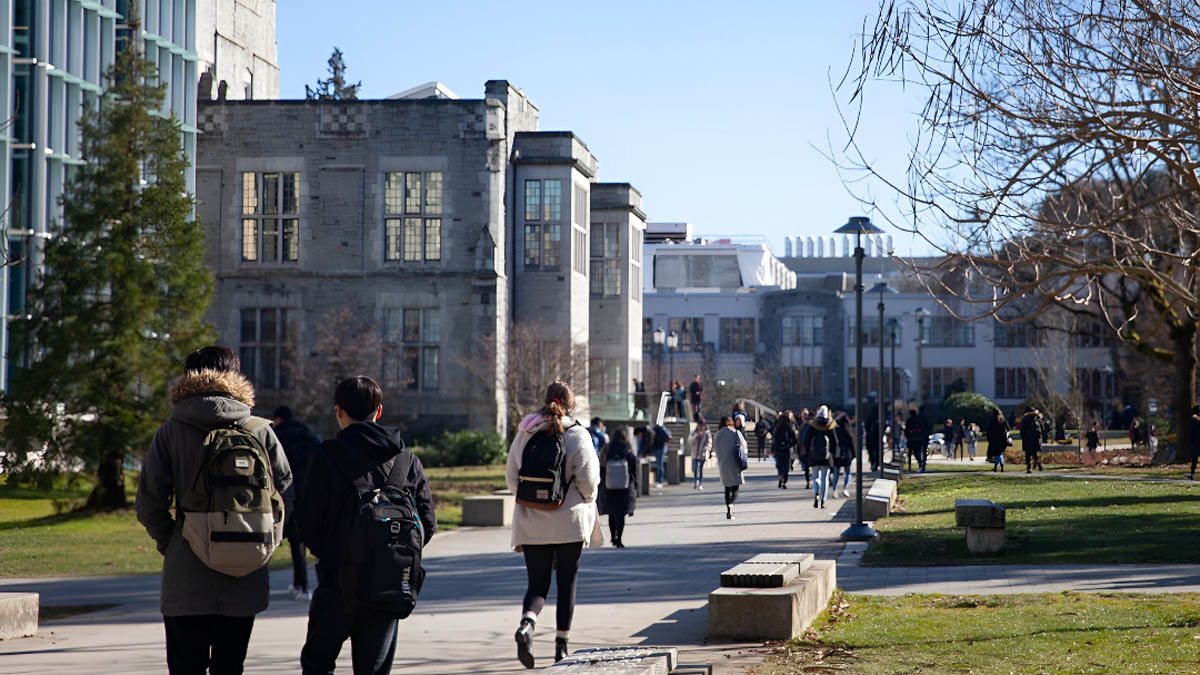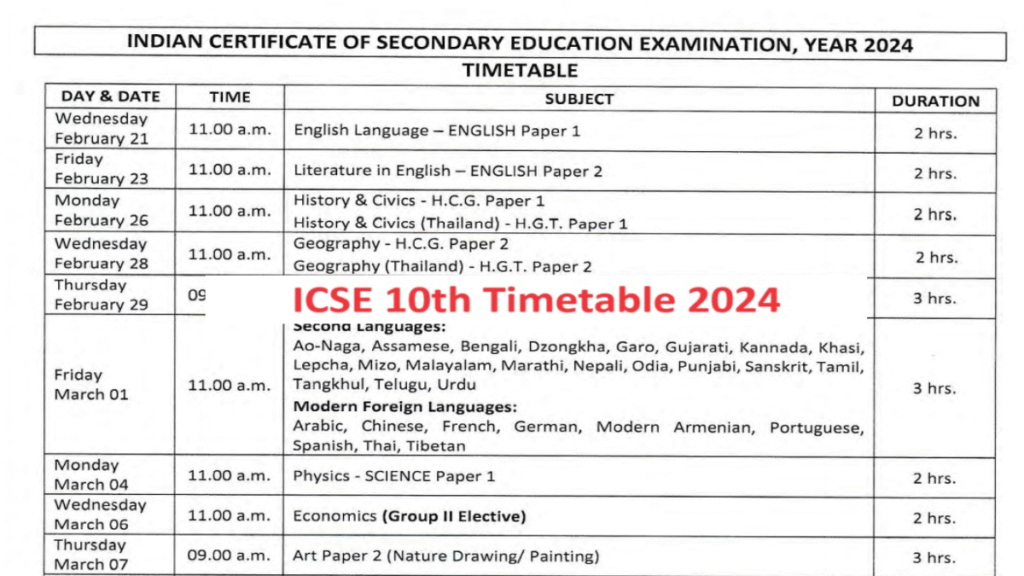Now Reading: US Curbs on Study Abroad Ignite Asian Opportunity as Regional Hubs Emerge
-
01
US Curbs on Study Abroad Ignite Asian Opportunity as Regional Hubs Emerge
US Curbs on Study Abroad Ignite Asian Opportunity as Regional Hubs Emerge

The United States, long considered the premier destination for international students, is facing a significant exodus as increasingly restrictive visa policies and a climate of uncertainty “crush” the study abroad dreams of thousands. This drastic shift is creating an unprecedented opportunity for an Asian superpower, and indeed, the broader Asian region, to rapidly ascend as a global education hub, eagerly “picking up the pieces” left by the US.
Recent measures by the US administration, including the revocation of visas for certain Chinese students in “critical fields” and those with alleged connections to the Chinese Communist Party, coupled with moves to restrict international enrollment at prestigious institutions like Harvard, have sent shockwaves through the global academic community. These actions build upon earlier trends of heightened scrutiny, increased visa processing delays, and an expansion of grounds for terminating international student legal status. The impact is already visible: between March 2024 and March 2025, the total number of international students in the US declined by over 11%. India, formerly the largest source of international students to the US, has also seen a notable dip in enrollments.
This environment of apprehension and instability in the US is prompting a re-evaluation among prospective international students, particularly those from Asian nations who have historically viewed the US as their primary study-abroad goal. Students are now seeking more welcoming and stable environments, and Asian countries are seizing this moment.
Asia Rises to the Occasion
Several Asian nations, led by powerhouses like Japan and China, are proactively stepping up to attract this displaced talent.
Japan, for instance, is making a concerted effort to establish itself as a leading destination. The Ministry of Education is actively urging domestic universities to explore ways to admit students affected by the US policy changes, with a focus on ensuring academic continuity. Prestigious institutions like the University of Tokyo are considering temporary enrollment options and developing comprehensive visa and academic support measures. Kyoto University is planning to host young researchers impacted by the US visa clampdown, highlighting its International Undergraduate Program (iUP), which offers financial aid and doesn’t require prior Japanese language skills. Japan’s ambitious goal of attracting 400,000 international students by 2033, alongside its “Global 30” and “Top Global University Project” initiatives, underscores its commitment to becoming a major global education player.
Hong Kong, while politically distinct from mainland China, is also actively positioning itself as a welcoming alternative. Its leader has explicitly stated that the city would embrace students facing discrimination from American policies. Universities in Hong Kong, such as the Hong Kong University of Science and Technology (HKUST), Chinese University of Hong Kong, and City University of Hong Kong, have moved to streamline applications from international students coming from top US universities. New policies allowing full-time international undergraduates to take part-time jobs without restrictions further enhance Hong Kong’s appeal, aiming to improve career prospects and retain global talent.
Mainland China itself, despite its own complex geopolitical relationship with the US, remains a significant player in international education. With world-class universities like Peking and Tsinghua, China continues to attract a substantial number of international students, particularly through government-funded scholarships (like the China Scholarship Council programs) and an expanding array of English-taught programs.
Beyond these individual efforts, a broader trend of “re-regionalization” in higher education is emerging across Asia. Countries like South Korea, Malaysia, and Singapore have long been recognized for their quality education and international partnerships. South Korea’s “Study Korea 300K Project” aims to host 300,000 international students by 2027, with increased part-time work allowances and extended post-graduation job search periods. Malaysia is targeting 250,000 international students by 2025, with streamlined visa processes and affordable tuition fees. These nations are simplifying visa procedures, offering financial incentives, expanding English-taught programs, and creating pathways to post-graduation work opportunities, making them increasingly attractive.
A Shifting Landscape
The current climate signifies a substantial global shift in international education. The perceived instability and tightening policies in traditional Western destinations like the US are driving students towards Asia, which offers a compelling combination of high-quality education, increasingly competitive research opportunities, inclusive policies, and often, more affordable living and tuition costs.
While the US still hosts a large number of international students and remains a desired destination for many, the proactive embrace of global talent by Asian nations is redefining the study-abroad landscape. As geopolitical dynamics continue to evolve, Asia’s supportive stance may well solidify its position as a leading, if not the leading, destination for higher education in the 21st century. This shift not only impacts individual students’ trajectories but also carries profound implications for global talent flow, innovation, and international academic collaboration for decades to come.









